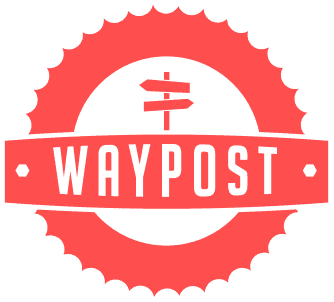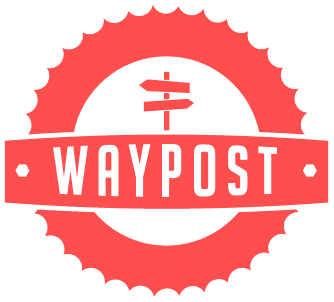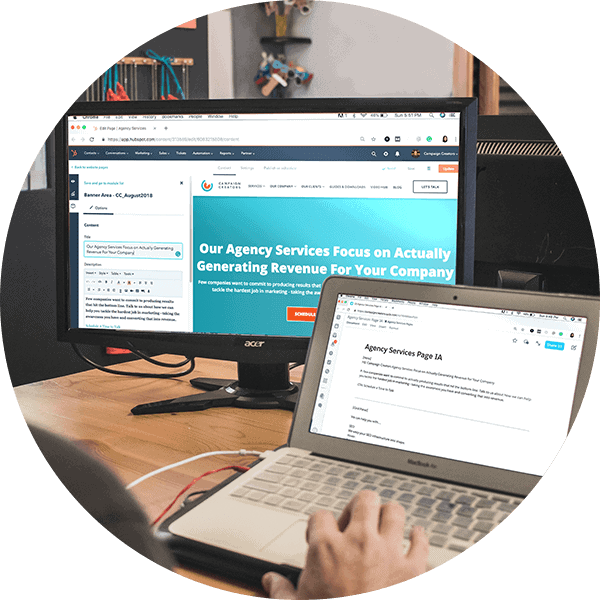Because email marketing is such a classic tactic, it’s easy to dismiss it as being an outdated mode of communication.
Indeed, it has been treated as such even by digital marketers, who often treat it as a kind of necessary evil. And why?
People use email all the time. If you’re reading this page on a computer, you probably have your email client open in another window or browser tab. The searchability that is built into your email platforms these days means you never have to lose important information. Being able to communicate with colleagues, customers, and even prospects asynchronously empowers us to be our most productive by communicating as we are able rather than whenever another party has need of us. Finally, email is unobtrusive and undisruptive — it just sits in your inbox, waiting patiently, until you have a minute.
If you’re trying to grow your business, it’s time to embrace email as a marketing technique.

HubSpot Conversations serves as an example of how marketing technology allows us to seamlessly develop one-on-one conversations across multiple communication channels — whether it's email, chat, or even a phone call.
Email marketing is getting better and more effective, not worse.
Email marketing is still the most cost-effective way to stay top-of-mind with your customers and prospects, even though so many other digital marketing tactics evolve rapidly, becoming flashier and competing to gain engagement. There is a beauty in the simplicity of an email newsletter that comes on occasion, gives you a few quick bullet points to peruse at your leisure and which offer you a link to click if you wish to dig deeper into a topic. For those companies whose buying cycle is long and involves several people on a committee to make a buying decision, putting together that email newsletter is an inexpensive way to give those prospects a gentle nudge in the inbox every month.
Successful Inbound Marketing Depends on Email
If you’re doing Inbound Marketing, building a solid email strategy is vital. The whole point of creating content that adds value to potential buyers is to get their permission to continue to market to them — in essence, to email them some more.
Marketing automation platforms like HubSpot empower us to create and execute thoughtful strategies that nurture leads from one conversion point to the next, drawing the prospects who are the best fits down your conversion path and straight to your Sales team. By the time Sales gets the lead, they are primed and ready to make a decision — all because they’ve been nurtured via email.
Obviously there are pitfalls to be avoided, as we all get tons of email and don’t read every single one. There is an art to sending the right emails at the right time to the right people, which is why having an experienced partner helping you to create your strategy is crucial.
Continue to Nurture Leads with Automated Sales Emails
Leveraging the power of email to nurture leads shouldn’t stop when leads get passed to Sales. Using a CRM that integrates seamlessly with your marketing automation platform enables Sales to continue to nurture leads without missing a beat. Furthermore, by creating templates for Sales emails and setting up automated workflows, Sales people can create, test, and tweak the emails that they’re sending to create proven standard processes for communicating with prospects that increase the quantity — and quality — of closed deals.
New privacy laws are making email marketing more effective, not less.
Many marketers feared that GDPR, the relatively new, sweeping European privacy law, would spell the end for all of email marketing. Instead, it spelled the end for only the worst parts — namely, the mysterious (and sometimes questionable) ways marketers collect your email address.
The post-GDPR landscape feels like a fresh start — an opportunity to build better lists, send better emails, and start better conversations. New tactics are being invented that emphasize openness, value, and relationship:
Openness
Requirements for collecting email addresses allow for us to better segment our lists and remind our recipients of past interactions. The relationship is more like a two-way exchange, which gives us quality feedback and more personal connections. Lists are smaller, but they’re filled with people who want to hear from you.
Value
With more specific segmentation and quality feedback, we have the information we need to make our content more valuable. Smaller segments also give us more control over personalization.
Relationships
The #1 goal of every marketing team is to deliver individual leads to an individual salesperson. We’ve always understood that trust and relationships are what sell our products. A tactic that builds relationships hardly feels like a “tactic” — it’s just good business.









